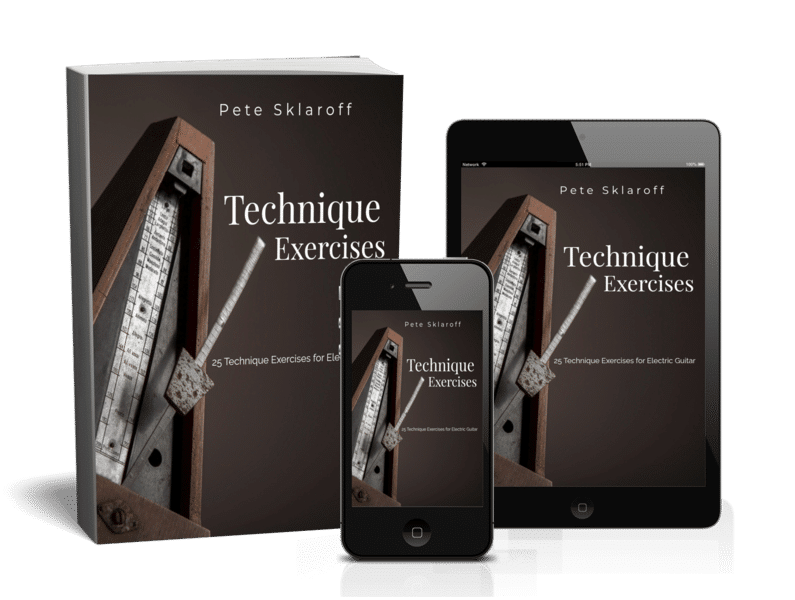An Introduction to Alternate Picking
 Alternate Picking – An Essential Technique
Alternate Picking – An Essential Technique
Understanding alternate picking is crucial for any electric guitar player aiming to improve their technique and speed. Whilst there are many different picking approaches, alternate picking remains one of the most popular. At its core, alternated picking involves the systematic use of downstrokes and upstrokes. This technique allows for a more fluid and efficient playing style, making it easier to tackle complex passages and fast tempos. By mastering this fundamental skill, guitarists can enhance their overall musicianship, enabling them to perform various musical genres with greater proficiency.

A common challenge for many students is coordinating the picking hand with the fretting hand. As you practice your picking, it’s essential to synchronize these two elements. Begin with simple exercises using single strings, then gradually increase complexity by adding additional strings and notes. Start slowly, ensuring each note rings out clearly before increasing your tempo. Using a metronome can be particularly beneficial, as it helps establish a steady pulse and encourages students to maintain a consistent tempo throughout their practice sessions.
Incorporating drills specifically designed for alternate picking can significantly enhance your skills. Exercises that focus on string skipping, arpeggios, and scale patterns are excellent for developing both speed and precision. For instance, practicing scales with an emphasis on alternate picking can help solidify the technique. As students become more comfortable, they can challenge themselves with more intricate patterns and faster tempos. Regularly revisiting these drills will not only improve technique but also build muscle memory, making the motion of alternate picking feel more natural over time.
Ultimately, understanding and mastering alternate picking is a fundamental aspect of modern electric guitar playing. As students integrate this technique into their practice routines, they will notice an improvement in their overall performance and versatility. By dedicating time to focused practice, utilizing effective drills, and maintaining a relaxed approach, students can unlock the full potential of their playing. Embracing alternate picking will not only elevate technical skills but also enhance musical expression, allowing for a more dynamic and engaging performance.
Check out my new book ’25 Technique Exercises for Guitar’ for a great series of alternate picking exercises specifically designed to enhance every aspect of your alternate picking technique.
Here’s a brief example from the book:
Now go get picking!
Pete












